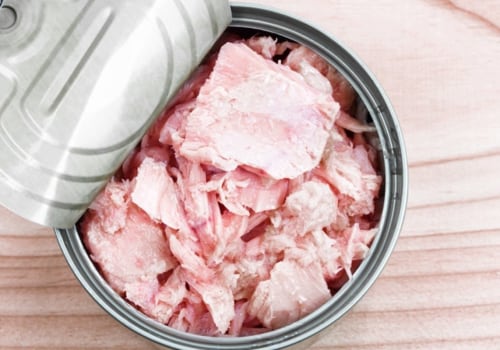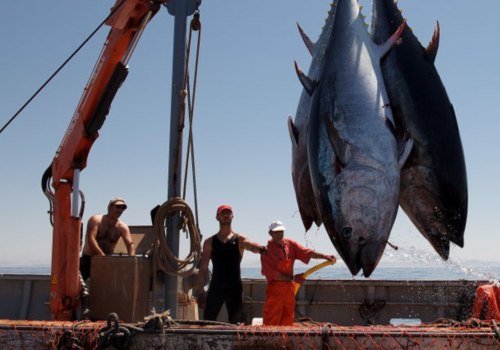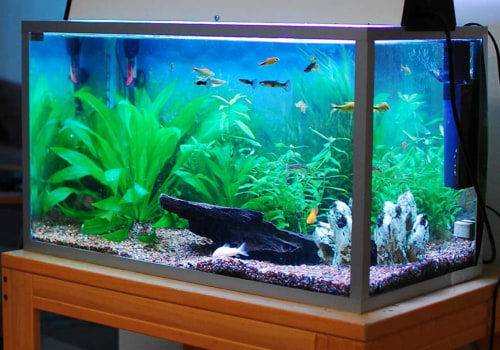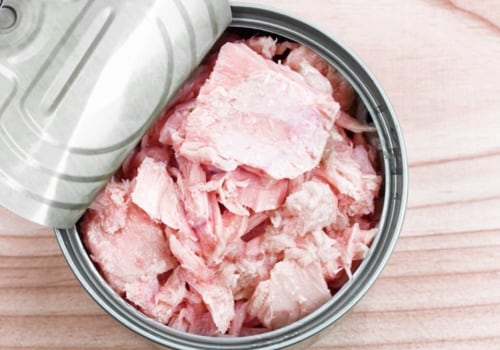Currently, commercial fisheries can catch and sell three large bluefin tuna per trip, while recreational fishermen can keep one bluefin tuna per day. In the Gulf of Mexico, targeted harvesting of bluefin tuna is prohibited. The daily retention limit is now three fish per vessel, per day, for large, medium or giant bluefin tuna (73 or more). California's limit on bags of bluefin tuna is 2 per boat per day, but you can't have more than 20 fish on board either.
The NOAA fishing regulations (50 CFR 635.21 (a) (requires that all bluefin tuna released be handled in a way that maximizes survivability and without removing fish from the water). Fishing in Tautog improved this week, as fishermen caught rangers across the bay and along the coastal coast. Persons aboard a vessel allowed in the Atlantic tuna seine net category may hold giant bluefin tuna (81 inches or more) and smaller bluefin tuna, as restricted in paragraphs (e) (and (of this section), up to the amount of the individual quota allocated under § 635.27 (a) (ii). They may hold, own or land bluefin tuna smaller than large and medium-sized bluefin tuna caught accidentally when fishing for bored tuna in an amount not exceeding 1 percent, by weight, of the drilled tuna and yellow-finned tuna landed on that trip.
You can hold, own, land or sell large and medium bluefin tuna in quantities not exceeding 15 percent, by weight, of the total amount of giant bluefin tuna landed during that fishing year. You can catch yellowfin tuna, bigeye tuna, white tuna or sautéed tuna at any time; however, incidental landings of bluefin tuna in other Atlantic tuna fisheries or in any fishery where bluefin tuna could be caught will be deducted from each vessel's quota. The Pacific bluefin tuna season generally runs from May to October, but varies depending on the location and the annual migration of the fish. It is effective in all areas, except for the Gulf of Mexico, which is designated as a bluefin tuna spawning area and where the NOAA Fisheries Agency does not allow selective fishing for bluefin tuna.
Pacific bluefin tuna has less stringent regulations and states have the authority to set limits and regulations for bags. The underwater canyons near Cape May are home to several other species of tuna and continue to offer first-class fishing year after year. In an RFD, no person aboard a vessel that has been issued a general category permit for Atlantic tuna may fish, own, hold, land or sell a BFT of any size class, and catch-and-release fishing or BFT tagging and release fishing under § 635.26 (a) is not authorized from that vessel. The California coast, and more specifically San Diego, is one of the best places to fish for bluefin tuna in the Pacific.
Managing the Pacific bluefin tuna population is difficult because they travel long distances and range from California to Japan. A vessel operating on pelagic longline gear may hold, own, land and sell large, medium and giant bluefin tuna caught accidentally when fishing for other species if it meets all the requirements of the IBQ of § 635.15, including the requirement that a vessel cannot declare or depart on a pelagic longline fishing trip on board, unless it has the minimum allowance required for the IBB Q for bluefin tuna required for the region in which the fishing activity will take place. A vessel with pelagic longline equipment on board must hold all dead bluefin tuna measuring 73 inches or larger in CFL.




Leave Message